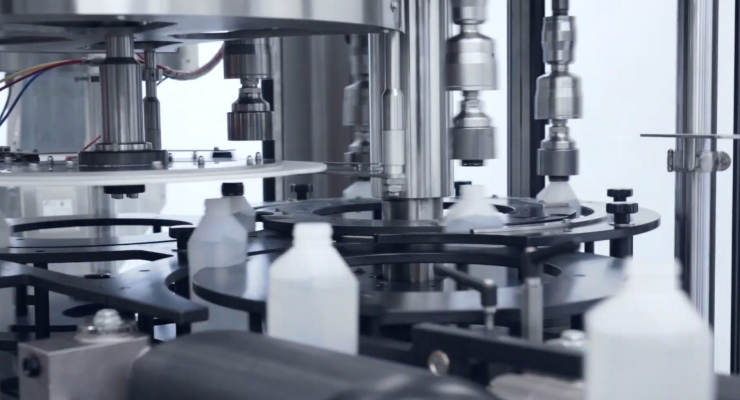Investing in a New Filling Line? Key Considerations…
Posted
Investing in a New Filling Line: Key Considerations for Throughput, Flexibility, Set-Up, and Utilisation
When it comes to investing in a new filling line, the decision goes far beyond simply choosing the latest piece of equipment. It involves a strategic evaluation of current operations, future demand, and how best to optimise production efficiency across the board.
Most manufacturers already operate several filling lines—often varying in age, configuration, and capabilities. So, when the need for a new line arises, it’s typically driven by one or more of the following factors:
1. Growing demand for existing products.
2. Introduction of a new product or contract beyond the capacity of current lines.
3. Reducing pressure on ageing machines and building in redundancy.
4. Improving overall production efficiency.
Before diving into equipment specifications and layout design, it’s critical to start with a fundamental question: What is the main driver for this investment? The answer will shape how you assess options and prioritise requirements across several key areas.
1. Throughput: How Much Do You Need to Produce?
The first consideration is throughput—how many units (or pieces) per hour the new line must deliver. This should be based on both current and projected demand.
- What is the required throughput to meet production targets?
- At what percentage of utilisation will the line operate?
A line designed for peak throughput but only operating at 30% utilisation may not be the most efficient use of capital. Conversely, running a line at 95% utilisation leaves little room for flexibility, downtime, or unexpected surges in demand.
2. Flexibility: Can the Line Handle Multiple Products?
Next, assess the flexibility required of the line. Will it be dedicated to one product or used for multiple product types, packaging formats, or fluids?
- Will it run different fluid viscosities or container types?
- How many product references or SKUs will it need to accommodate?
A highly flexible line can be an asset in a dynamic market—but often at the cost of increased complexity, longer set-up times, and higher initial investment.
3. Set-Up: What’s Involved in Switching Between Products?
If the line is to handle multiple references, set-up and changeover time becomes critical.
- What’s involved in cleaning, purging, and reconfiguring the line?
- How many change parts are required?
- How easily can the operators switch between product formats?
Frequent, long or complex changeovers can dramatically reduce uptime and scheduling efficiency. If multiple product types need to be filled, reducing set-up time should be a high priority.
4. Utilisation: Matching Capacity with Demand
Utilisation is a balancing act—maximising output without compromising reliability or flexibility.
Key factors to evaluate:
- Current and forecasted demand
- Expected growth trajectories
- Set-up and downtime
- Scheduling and allocation of work across lines
- Dependencies on upstream and downstream processes
Remember, the real cost of a line isn’t just the initial investment—it’s the total cost of ownership over time, including operational efficiency and scalability.
Central Question: One Big Line or Several Smaller Ones?
There’s a strong case to be made for choosing multiple smaller lines over a single high-capacity system. Here’s why:
The Case for Multiple Smaller Lines:
- Reduced Set-Up Time: Dedicated lines require fewer changeovers.
- Built-In Redundancy: If one line goes down, others can pick up the slack.
- Greater Scheduling Flexibility: Easier to split jobs across shifts and SKUs.
- Scalable Investment: Future expansion can be more incremental and cost-effective.
While larger, high-output lines may appear more efficient on paper, they can introduce bottlenecks, increase the impact of downtime, and reduce agility in responding to market changes.
Final Thoughts: Start with What You Have—Then Build What You Need
Before choosing your next filling line, take stock of your existing infrastructure. Then ask yourself:
- What exactly do we need to achieve?
- What kind of flexibility is truly required?
- How can we optimise utilisation across all lines?
- Will smaller, dedicated lines serve us better in the long run?
By carefully weighing throughput, flexibility, set-up needs, and utilisation, you can make an informed investment that supports both current operations and long-term growth.

